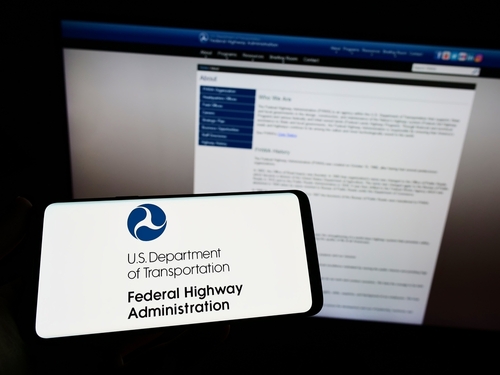
The Federal Highway Administration (FHWA) recently released guidance to help states address roadway deaths as part of the National Roadway Safety Strategy.
The guidance clarifies how states should develop their Vulnerable Road User Safety Assessment. Under the Bipartisan Infrastructure Law, the assessment identifies areas of high risk to vulnerable road users and determines safety improvements that would mitigate safety risks.
The law requires states to use demographic and performance related data developed in consultation with local governments representing high-risk areas. The FHWA encourages states to work with institutional, advocacy, and community groups.
“This guidance can help states identify what safety issues for those outside of a vehicle need to be addressed and where,” Acting Federal Highway Administrator Stephanie Pollack said. “States are then positioned to incorporate the results as they make decisions about their safety investments. It also improves transportation equity by making sure extensive dialogue with relevant stakeholders takes place, and the concerns of those most at risk in towns, cities, and underserved communities are heard through better public engagement at the local level.”
Vulnerable road users include cyclists, pedestrians, and wheelchair users. In 2021, this group accounted for approximately 20 percent of the 42,915 people killed in motor vehicle accidents, according to the National Highway Safety Administration.